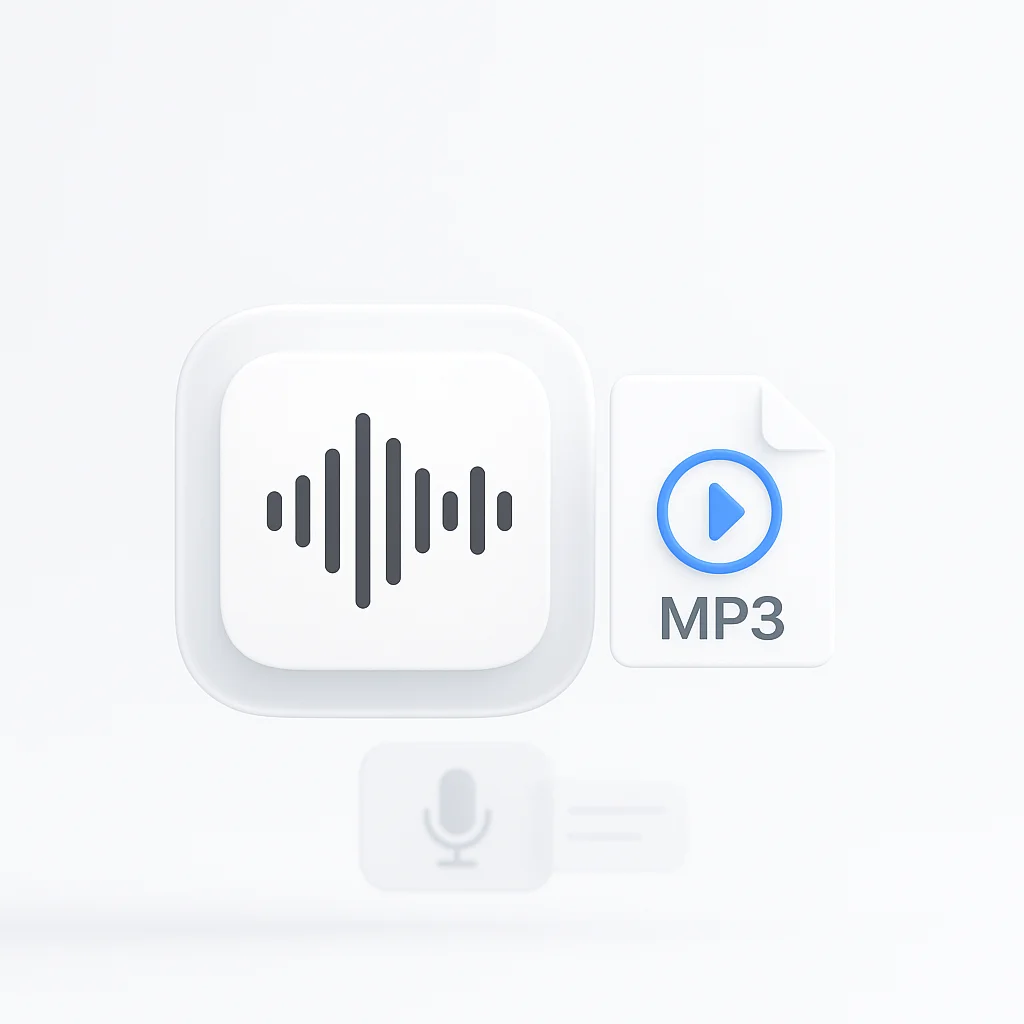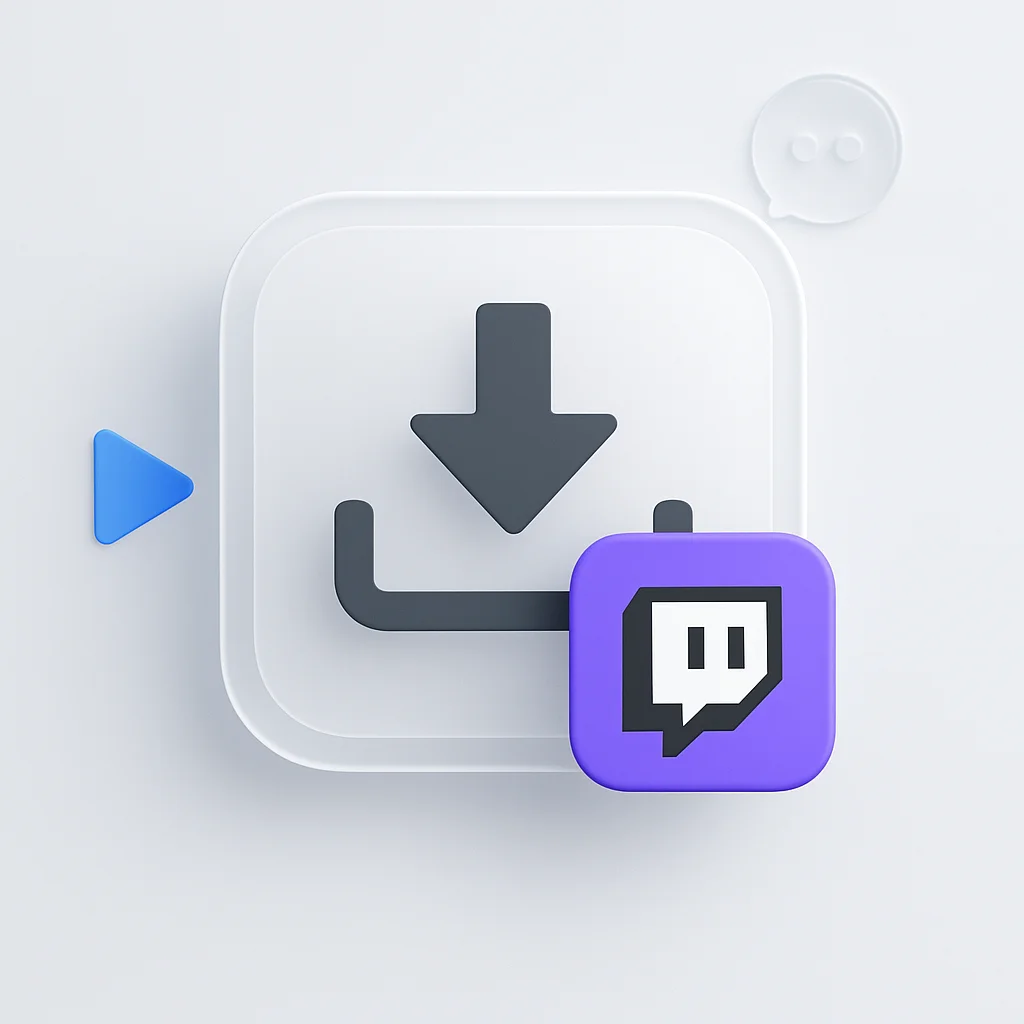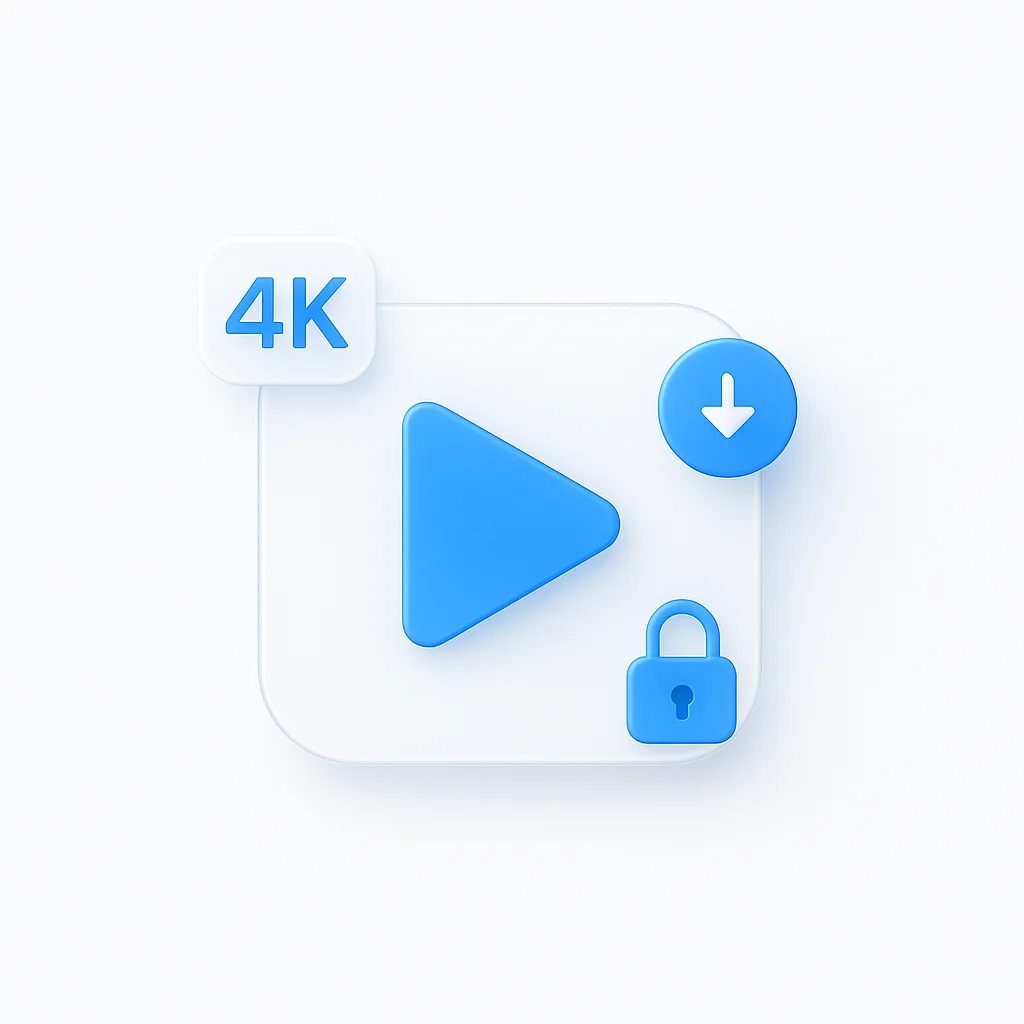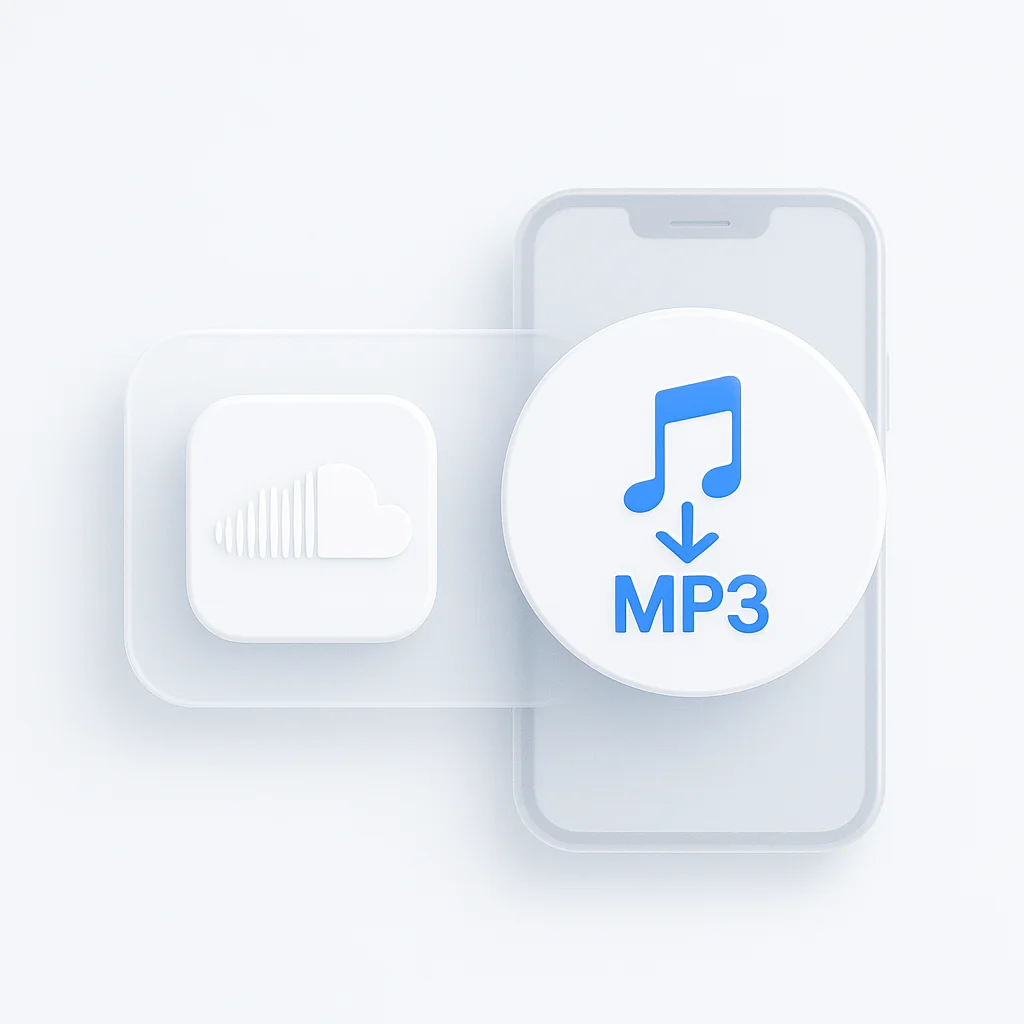Aumente sua produtividade e desbloqueie o potencial oculto de seus memorandos de voz. Este guia capacita você a converter sem esforço esses sussurros fugazes em arquivos MP3 organizados e resumos claros e concisos, prontos para impulsionar seu fluxo de trabalho e liberar seu gênio.
Introdução
Memorandos de voz são um tesouro de pensamentos, sessões de brainstorming e inspirações passageiras. Mas sejamos honestos, eles também podem se tornar uma bagunça emaranhada de reflexões murmuradas e ideias mal elaboradas, especialmente quando o armazenamento se enche e a revisão se torna uma tarefa de Sísifo.
Imagine finalmente desbloquear o potencial de suas gravações de voz: transformá-las em arquivos MP3 organizados que você pode facilmente gerenciar, compartilhar e revisitar. Chega de decifrar sussurros incompreensíveis ou sentir que informações cruciais escaparam por seus dedos.
Este blog é a sua chave para libertar essas ideias aprisionadas. Navegaremos pelo terreno traiçoeiro do seu arquivo de áudio, mostrando como converter memorandos de voz em MP3s refinados e criar resumos claros e concisos que capturem sua essência. Prepare-se para aumentar sua produtividade, recuperar seu espaço de armazenamento e liberar o poder de sua palavra falada.
Então, abandone o anel decodificador e o botão de rebobinar. É hora de transformar seus memorandos de voz de sussurros fugazes em ouro acionável. Mergulhe e vamos começar!
Converter Memorandos de Voz para MP3
@keyframes spin { 0% { transform: rotate(0deg); 100% { transform: rotate(360deg);
Arraste e solte um arquivo de vídeo ou áudio aqui ou faça o upload de um arquivo
Fazer upload do arquivo
ou fazer upload do URL
Fazer upload do URL
Fazendo upload…
Isso pode levar alguns segundos
}); });
Outras maneiras de transformar seus memorandos de voz em MP3
Esses pensamentos e ideias capturados merecem brilhar, não definhar nas sombras digitais do seu aplicativo de memorandos de voz. Vamos transformar esses sussurros em obras-primas em MP3, prontas para ação!
Método 1: Ferramentas Integradas
Android:
- Abra seu aplicativo “Arquivos” e navegue até a pasta que contém seus memorandos de voz.
- Toque e segure um memorando de voz específico e selecione “Compartilhar” no menu.
- Escolha “Salvar como cópia” e selecione “MP3” nas opções de formato.
- Voilá! Seu memorando de voz agora é um MP3 facilmente compartilhável.
iOS:
- Abra o aplicativo “Gravador” e localize a gravação que deseja converter.
- Toque nos três pontos (…) ao lado da gravação e escolha “Compartilhar”.
- Selecione “Mail” ou qualquer outro aplicativo que permita o compartilhamento de arquivos. Na folha de compartilhamento, toque no ícone “Arquivo” (geralmente uma seta para cima).
- Escolha “Exportar” e selecione “MP3” como formato. Seu MP3 está pronto para compartilhar!
macOS:
- Abra o “Finder” e localize seus arquivos de memorandos de voz (geralmente armazenados na pasta “Gravador” dentro de sua biblioteca de música).
- Clique com o botão direito do mouse no memorando de voz e selecione “Serviços” > “Exportar para MP3”.
- Escolha uma pasta de destino e nomeie seu novo arquivo MP3. Moleza!
Windows:
- Abra o Explorador de Arquivos e navegue até seus arquivos de memorandos de voz (geralmente armazenados na pasta “Sons” dentro do seu perfil de usuário).
- Clique com o botão direito do mouse no memorando de voz e escolha “Renomear”.
- Altere a extensão do arquivo de “.m4a” (ou similar) para “.mp3” e pressione Enter. O Windows pode solicitar que você confirme a alteração de formato. Clique em “Sim” e pronto!
Método 2: Aplicativos de Terceiros
Para recursos extras e controle mais preciso, confira estes aplicativos incríveis:
- ScreenApp Audio to Word Converter: Transforme áudio em um arquivo de texto
Android:
- Media Converter Pro: Converta vários arquivos simultaneamente, ajuste a taxa de bits e a qualidade do áudio e edite metadados.
- Easy Audio Converter: Interface simples e intuitiva, suporta vários formatos de áudio e oferece recursos de aparar/cortar.
iOS:
- Media Converter Pro: Semelhante à versão para Android, com recursos adicionais como conversão em lote e integração de armazenamento em nuvem.
- Documents by Readdle: Não é apenas um gerenciador de documentos, ele também pode converter memorandos de voz em MP3 e extrair texto deles.
Bônus: Estes aplicativos funcionam em ambas as plataformas:
- VLC Media Player: Reprodutor de mídia gratuito e de código aberto que também converte formatos de áudio, incluindo memorandos de voz.
- HandBrake: Poderoso conversor de vídeo que também pode lidar com a conversão de memorandos de voz e extração de arquivos de vídeo.
Lembre-se, links para download e termos de pesquisa estão prontamente disponíveis nas lojas de aplicativos. Basta procurar pelos nomes dos aplicativos mencionados acima!
Com essas ferramentas integradas e recomendações de aplicativos, você está bem encaminhado para converter seus memorandos de voz em MP3s acessíveis e compartilháveis. Fique ligado no próximo capítulo, onde exploraremos a arte de resumir áudio.
Resuma seus MP3s de memorandos de voz
Seus MP3s estão brilhando, mas enterrado neles está um tesouro de informações — esperando para ser extraído e destilado em insights acionáveis. É aí que entra o resumo, transformando seus memorandos de fluxos de áudio em notas concisas que você pode facilmente digitalizar e utilizar. Vamos explorar os dois caminhos para alcançar isso:
Método 1: Transcrição e Resumo Manual - Dominando o Ofício
- Transcreva: Ferramentas como a digitação por voz do Google Docs ou serviços online como o Otter.ai podem ajudar, mas, em última análise, seus ouvidos e teclado são as ferramentas. Concentre-se nos pontos-chave e nas mudanças de orador.
- Identifique o ponto crucial: Ouça novamente, anotando as ideias principais, os itens acionáveis e as decisões tomadas. Não se prenda a cada detalhe.
- Crie a joia concisa: Reescreva suas anotações em um resumo claro e conciso, capturando a essência sem repetir palavra por palavra. Marcadores, palavras-chave e verbos de ação são seus aliados.
Dicas profissionais:
- Divida e conquiste: Divida gravações mais longas em pedaços menores para facilitar o resumo.
- Abrace atalhos: Use símbolos ou abreviações para frases repetidas com frequência.
- Aproveite a tecnologia: O software de conversão de texto em voz pode ler seu resumo de volta para você, ajudando a identificar áreas para melhoria.
Método 2: Resumo com IA - Deixando a Tecnologia Assumir o Volante
Ferramentas de IA como ScreenApp ou Otter transcrevem e resumem automaticamente e fazem anotações de seus memorandos, economizando um tempo precioso.
Benefícios:
- Velocidade e eficiência: Obtenha resumos instantaneamente, liberando você para outras tarefas.
- Precisão e detalhe: A IA avançada pode capturar mais nuances do que a transcrição manual.
- Acessibilidade: Ótimo para pessoas com deficiência auditiva ou restrições de tempo.
Limitações:
- Custo: Alguns serviços exigem assinaturas ou taxas por minuto.
- Particularidades de precisão: Sotaques, jargão técnico e ruído de fundo podem confundir a IA.
- Falta de toque humano: Você perde a capacidade de personalizar e priorizar informações com base em suas necessidades específicas.
Opções populares de IA:
- Notta: Oferece transcrição e resumo automáticos com extração de itens de ação e recursos de glossário personalizado.
- ScreenApp: Fornece resumos de vídeo com carimbo de data/hora e faz anotações de IA
Lembre-se, a IA é uma ferramenta poderosa, mas não substitui seu pensamento crítico. Use-a para economizar tempo e esforço, mas sempre revise e refine os resumos para garantir que estejam alinhados com suas necessidades e prioridades.
Com opções manuais e baseadas em IA à sua disposição, você agora está equipado para transformar seus memorandos de voz em resumos cristalinos, prontos para guiá-lo e capacitá-lo. Fique ligado para mais insights sobre como gerenciar, organizar e maximizar o potencial do seu cofre de conhecimento de áudio!
Visão geral dos métodos de conversão e resumo de memorandos de voz
Agora que você desbloqueou os segredos da conversão e resumo de seus memorandos de voz, é hora de escolher o campeão para seu fluxo de trabalho. Vamos comparar os dois métodos frente a frente:
| Método | Eficiência | Precisão | Custo | Facilidade de uso | Melhor para |
|---|---|---|---|---|---|
| Transcrição e resumo manual | Moderado | Alto | Gratuito | Requer foco e esforço | Ouvintes orientados a detalhes, aqueles que buscam resumos personalizados, usuários com orçamento limitado |
| Resumo com IA | Alto | Bom | Assinaturas pagas ou taxas por minuto | Esforço mínimo, ótimo para resumos rápidos | Usuários com pouco tempo, aqueles com deficiência auditiva, aqueles que buscam conveniência |
Eficiência: Se você está com pouco tempo, a transcrição com IA e o resumo reinam supremos. Ele produz resumos em segundos, liberando você para outras tarefas. A transcrição e o resumo manual são mais lentos, mas permitem uma compreensão e personalização mais profundas.
Precisão: A transcrição manual vence em termos de precisão, especialmente com uma escuta cuidadosa. A IA pode tropeçar com sotaques, jargão técnico e ruído de fundo. No entanto, as ferramentas avançadas de IA estão constantemente melhorando e podem capturar mais nuances do que você imagina.
Custo: Os métodos manuais são gratuitos, enquanto as ferramentas de IA exigem assinaturas ou taxas. Se você tem um orçamento limitado, o manual pode ser o caminho a seguir. Mas se você valoriza a conveniência e a economia de tempo, o custo da IA pode valer a pena.
Facilidade de uso: A IA é a clara vencedora aqui. Basta fazer upload do seu arquivo e a mágica acontece. Os métodos manuais exigem foco e esforço, especialmente para gravações longas.
Escolhendo o melhor método
- Orientado a detalhes e com orçamento limitado? Os métodos manuais oferecem resumos personalizados e são gratuitos.
- Com pouco tempo e disposto a pagar? As ferramentas de IA fornecem resumos rápidos e economizam seu tempo.
- Luta com sotaques ou jargões? Os métodos manuais podem ser mais precisos.
- Prefere uma abordagem prática? A IA é sua amiga.
Em última análise, o melhor método depende de suas necessidades e preferências individuais. Experimente ambos e veja o que funciona melhor para você! Lembre-se, você pode até combinar os dois: use a IA para uma visão geral rápida e, em seguida, refine o resumo manualmente para obter insights mais profundos.
Não importa qual método você escolha, você agora está equipado para desbloquear todo o potencial de seus memorandos de voz, transformando-os de sussurros fugazes em ferramentas poderosas para produtividade, aprendizado e autoaperfeiçoamento. Então vá em frente, conquiste seu arquivo de áudio e libere o conhecimento interior!
Conclusão
Então, deciframos o código! Agora você possui as ferramentas e o conhecimento para transformar seus memorandos de voz fugazes em MP3s refinados e resumos cristalinos, prontos para impulsionar sua produtividade e liberar seu potencial.
Lembre-se, os principais pontos a serem lembrados:
- Acabe com a luta de armazenamento: Converta seus memorandos de voz para MP3s e libere espaço precioso.
- Aumente sua eficiência: Resuma suas gravações e acesse instantaneamente insights importantes.
- Nunca se esqueça de nada: Capture e organize seus pensamentos para referência futura.
- Desbloqueie novas possibilidades: Transforme ideias em planos de ação, sessões de brainstorming em projetos e insights em inspiração.
A beleza está na escolha. Experimente diferentes métodos, desde a transcrição manual até as ferramentas alimentadas por IA, e descubra o que funciona melhor para você. Não existe uma abordagem única para todos, então abrace a jornada e encontre seu fluxo de trabalho perfeito.
E finalmente, compartilhe suas experiências! Deixe um comentário abaixo e nos diga como você está conquistando seu arquivo de áudio. Que dicas e truques você descobriu? Quais ferramentas se tornaram seus heróis dos memorandos de voz? Juntos, vamos construir uma comunidade de ouvintes capacitados, onde o conhecimento flui livremente de sussurros para sabedoria, de momentos fugazes para impacto duradouro.
O poder está na sua voz. Agora, deixe-a ser ouvida!






